This site contains affiliate links. I may earn a small commission, at no extra cost to you.
If you’re wondering how to create a Korean skincare routine for acne prone skin in 2025, this is the post for you.
I’ll break down the essential steps most K-beauty routines have, especially tailored for acne prone skin.
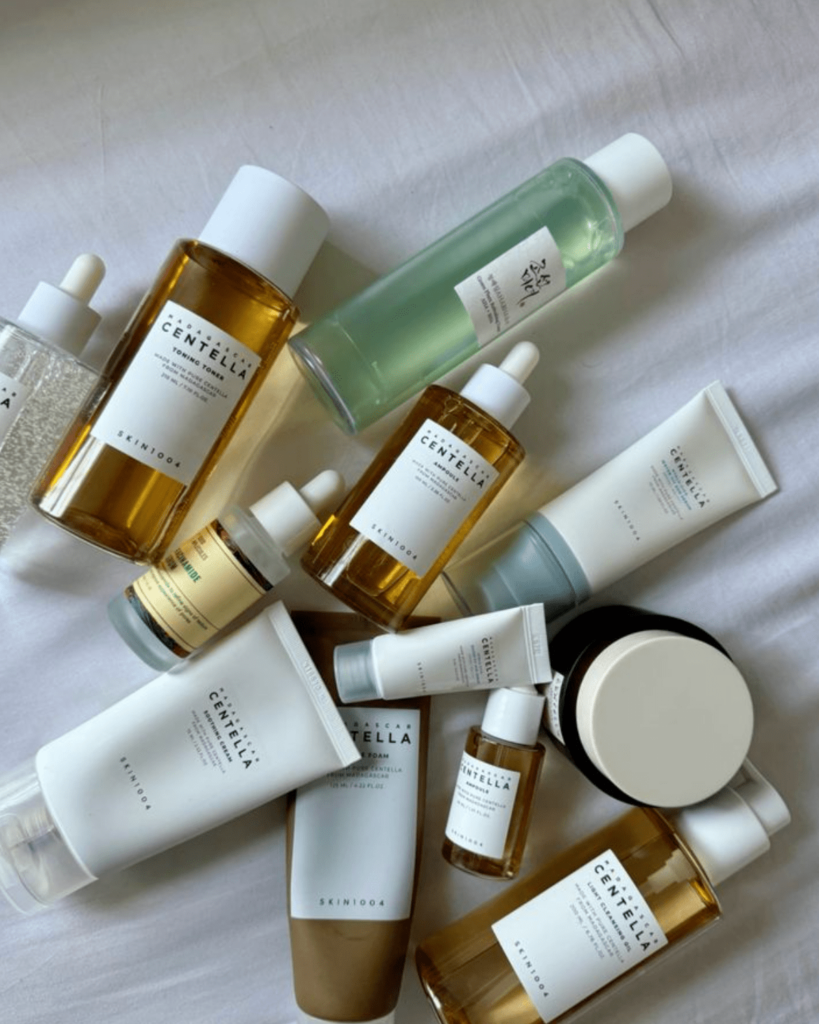
Table of Contents
- Essential products in a Korean skin care routine
- Step by step Korean skincare routine day and night
- Choosing the right acne-fighting ingredients
- Do you need a 10-step routine?
- What about Vitamin C?
- Korean skincare for hormonal acne
- Should acne prone skin types use an oil cleanser?
Essential products in a Korean skin care routine
Amongst all the best Korean products, there are some products you 100% need and others you don’t.
Especially for acne-prone skin types, it’s generally better to have fewer products in your routine.
Here are some of the essential Korean skincare products:
A water-based cleanser for morning and night
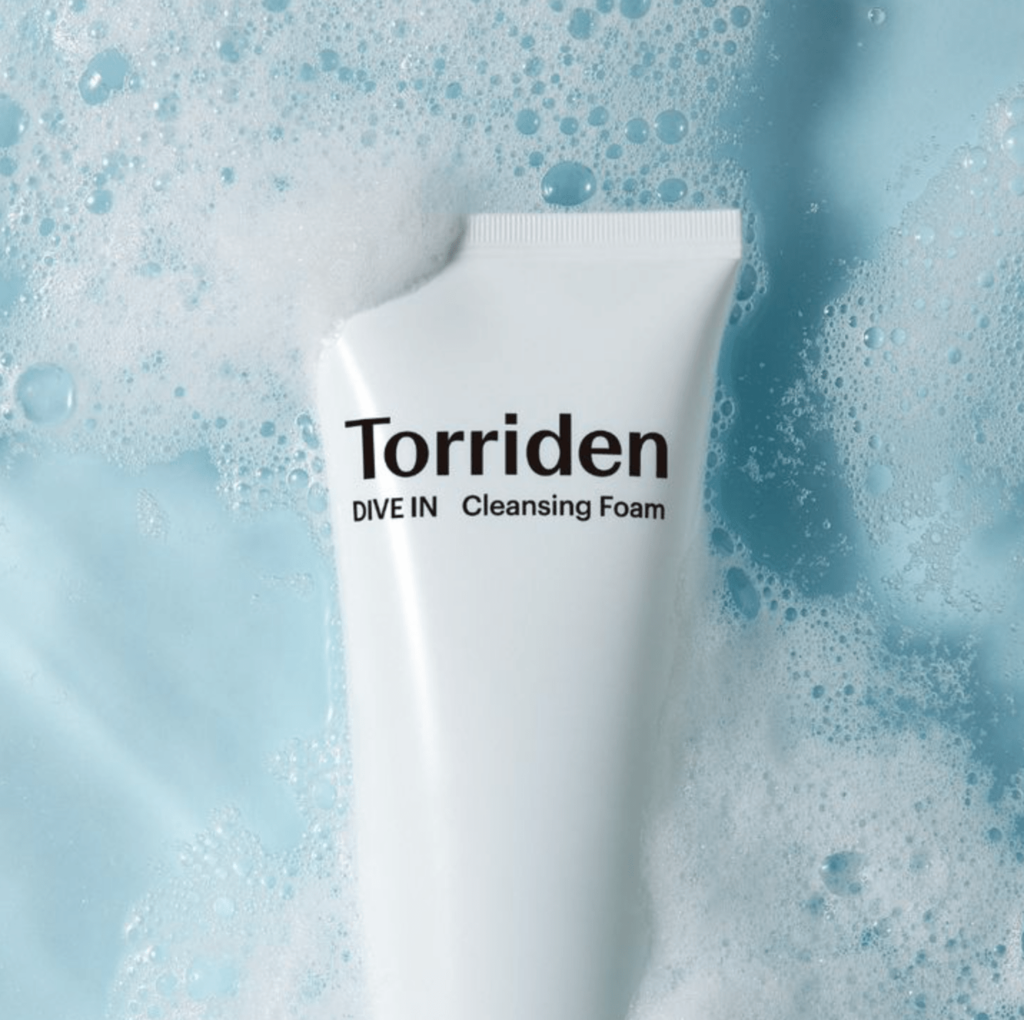
Koreans adore double cleansing (and so do I!) but it doesn’t mean you have to do it too.
You can still have clear skin by using only one cleanser.
Later I will also talk about the benefits of an oil cleanser, but it is not absolutely essential.
Sun protection is crucial
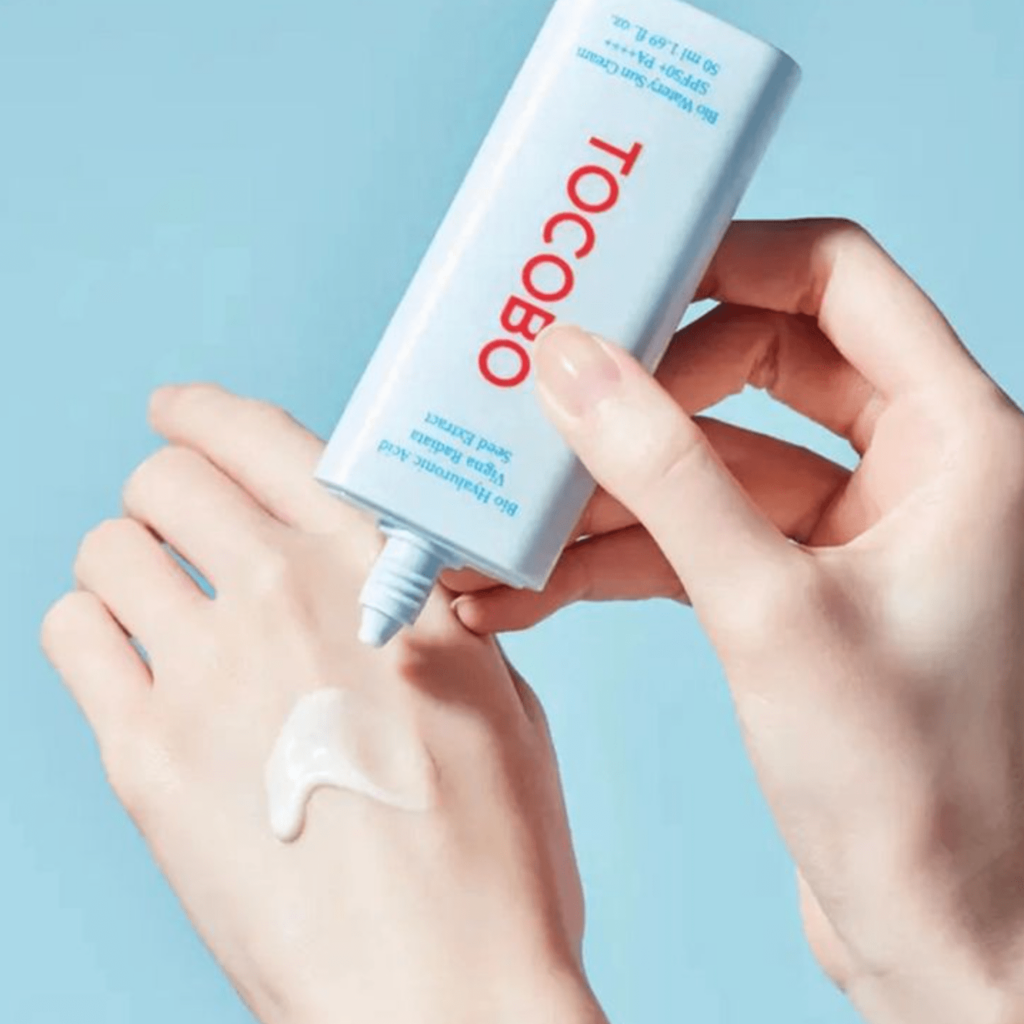
Sun protection is very popular in Korea, because UV rays can cause uneven skin tone.
In Korea, they are all about prevention over cure – it’s easier to prevent acne marks from darkening, than trying to lighten them.
Moisturisers prevent water loss
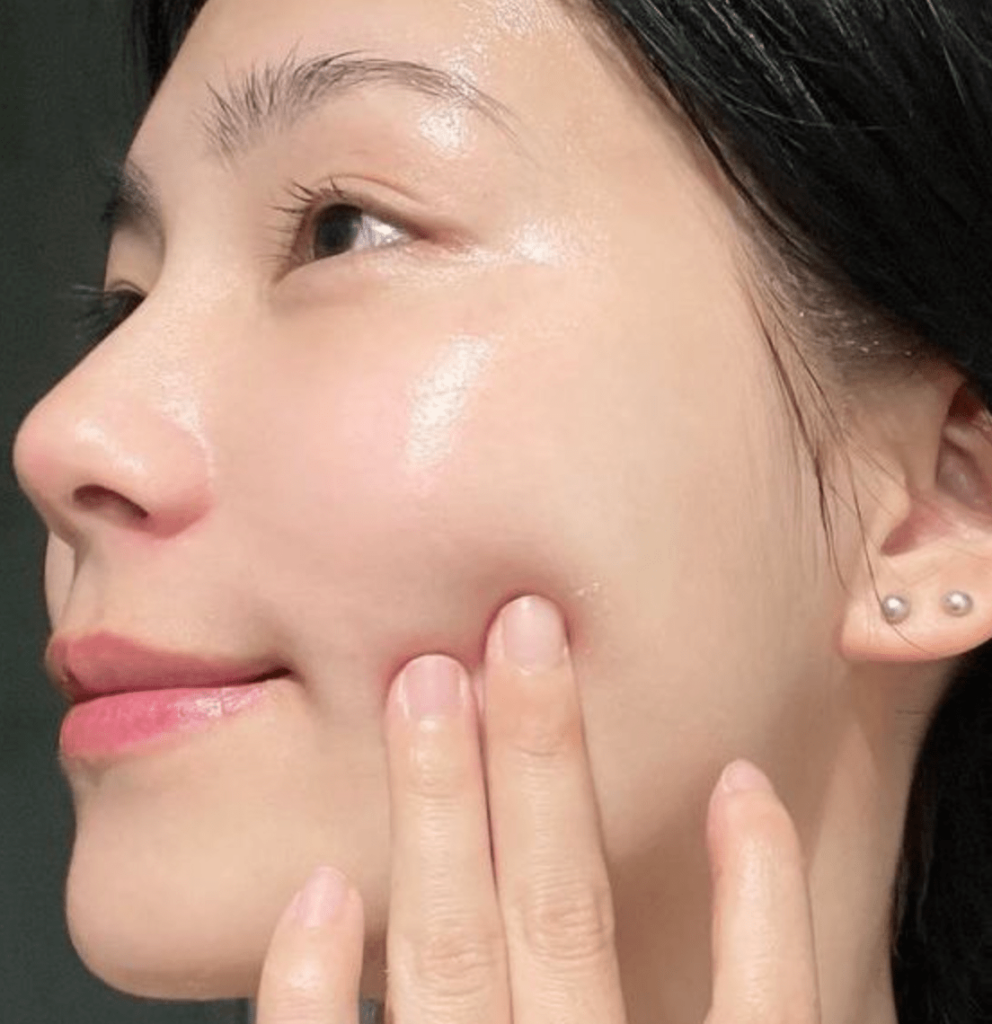
Moisturisers are an important part of any skincare routine for all skin types.
One of the biggest mistakes that oily skin types make is thinking they don’t need a moisturiser.
Believe me, once you find the right moisturiser for your skin the difference will be night and day!
Check out my post on the 25 best Korean moisturisers for acne prone skin to help you pick one.
Here are some of the non essential Korean skincare products:
Daily sheet masks are not necessary
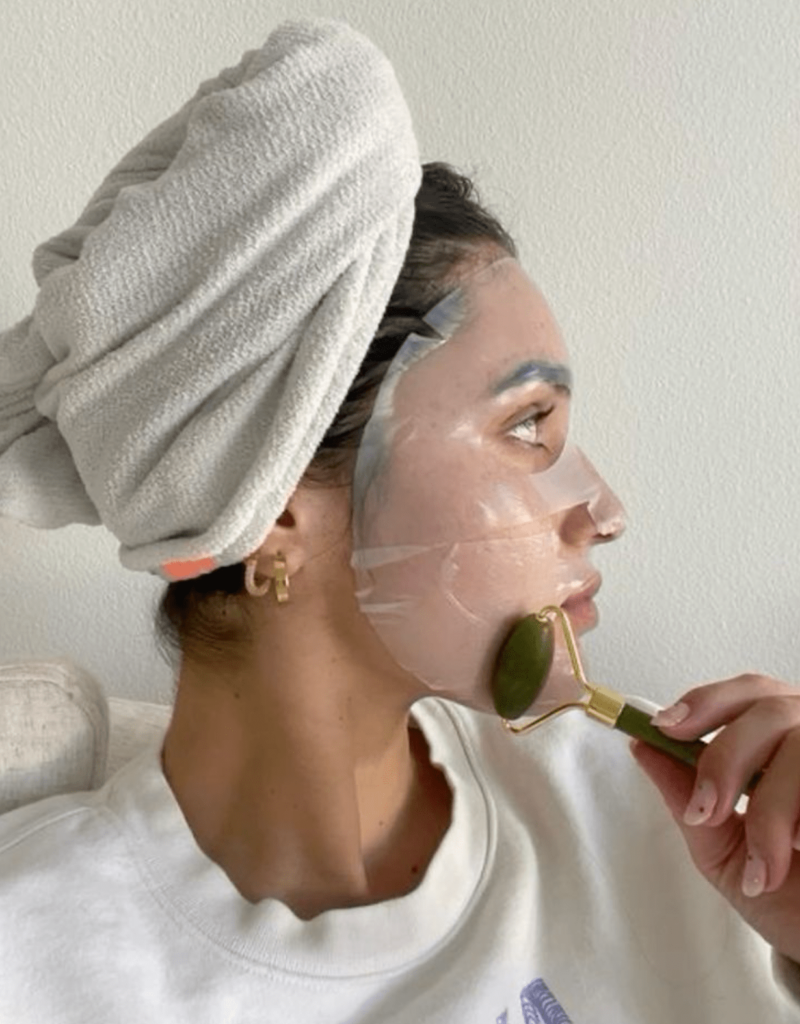
When Korean skincare first blew up, it was common to see people doing daily face masks.
Using sheet masks every day or even every week is simply not necessary.
A great routine will make your skin to feel plump and hydrated most days without them.
Sheet masks are really more for self care time and preparation for a big event.
Korean toners are nice-to-haves
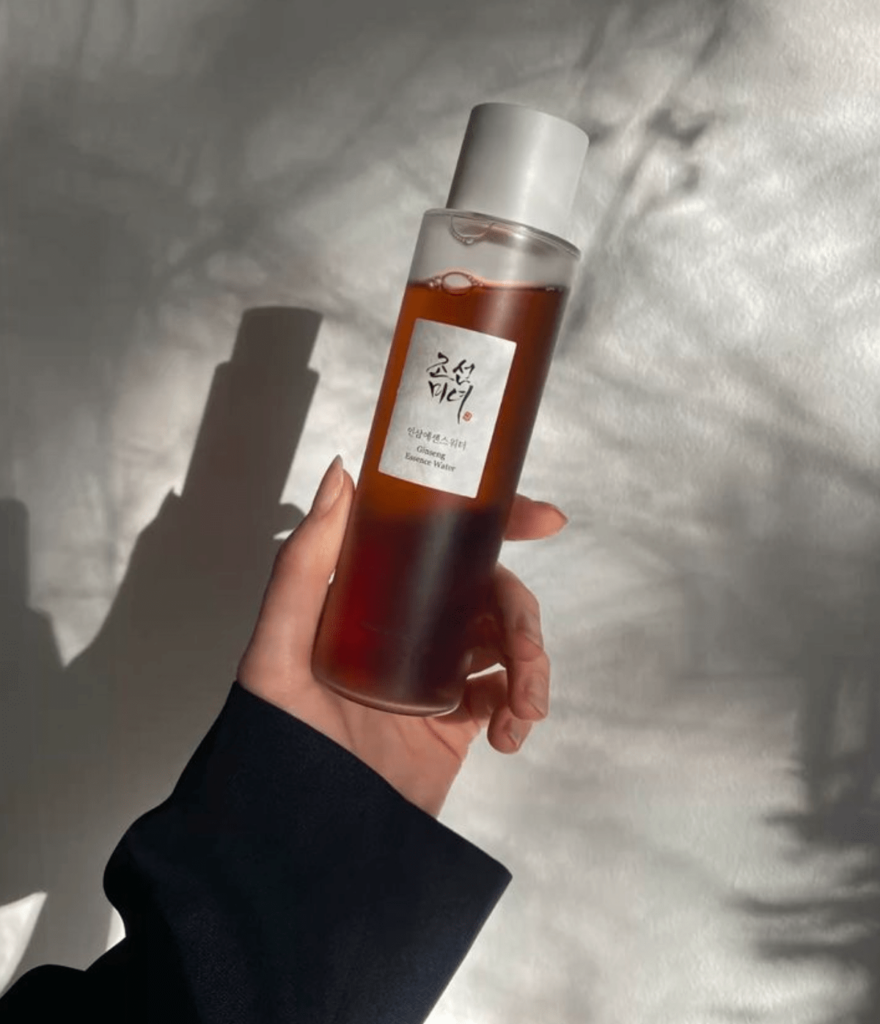
If you’re searching up how to create a korean skincare routine for acne prone skin, I’m sure you’ll have seen Korean toners.
Some of the best toners around are Korean, and they are fantastic!
However, they aren’t a true essential when creating a skincare routine.
I look at it this way:
- Think about which concern you want to target
- Choose an ingredient to use to target this concern
- Find available products and decide on one
- Whether that’s in toner or serum form, it doesn’t matter
Chemical exfoliants are a choice
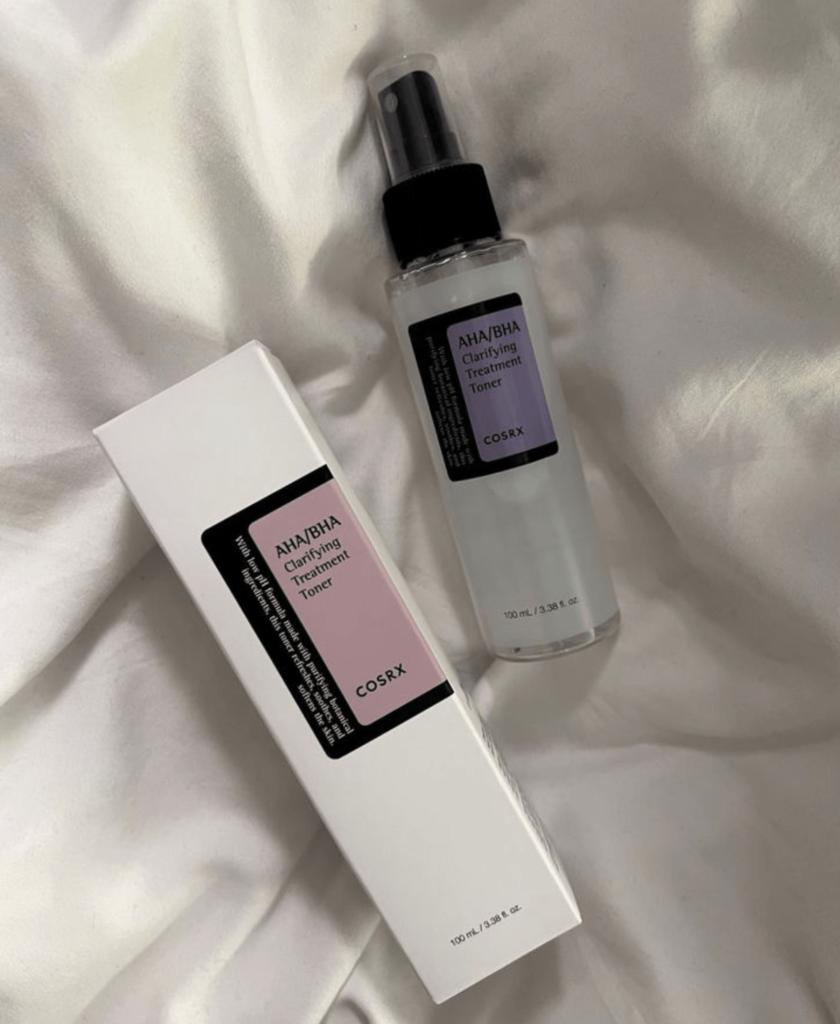
When creating a Korean skincare routine for acne, chemical exfoliators come up a lot.
They are really helpful for managing acne, but so are retinoids.
You don’t necessarily need to use both.
Step by step Korean skincare routine day and night
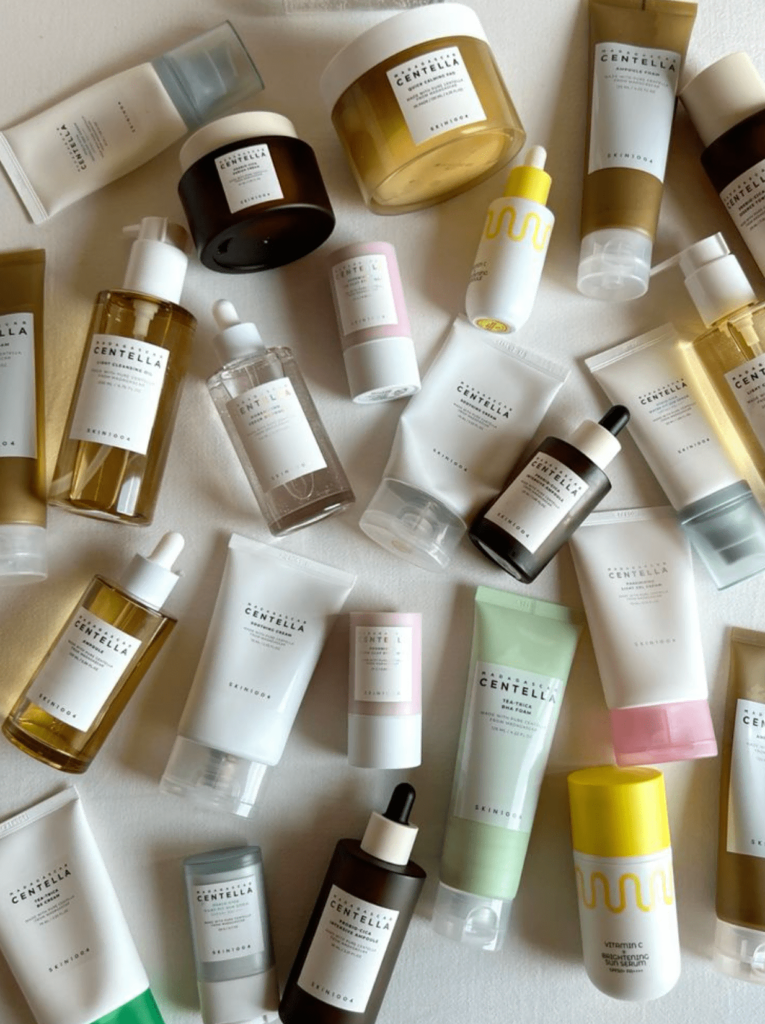
To create a Korean skincare routine for acne prone skin you need a simple outline.
Whether using Korean or western products, the outline can stay roughly the same.
Don’t forget to check out my list of the 30 best Korean skincare products for acne to create your routine.
Let’s start with the morning:
1. Water-based cleanser
First thing in the morning you should choose whether to wash your face.
Lately it has become popular to skip morning cleansing – here’s a quick video on why you might do this.
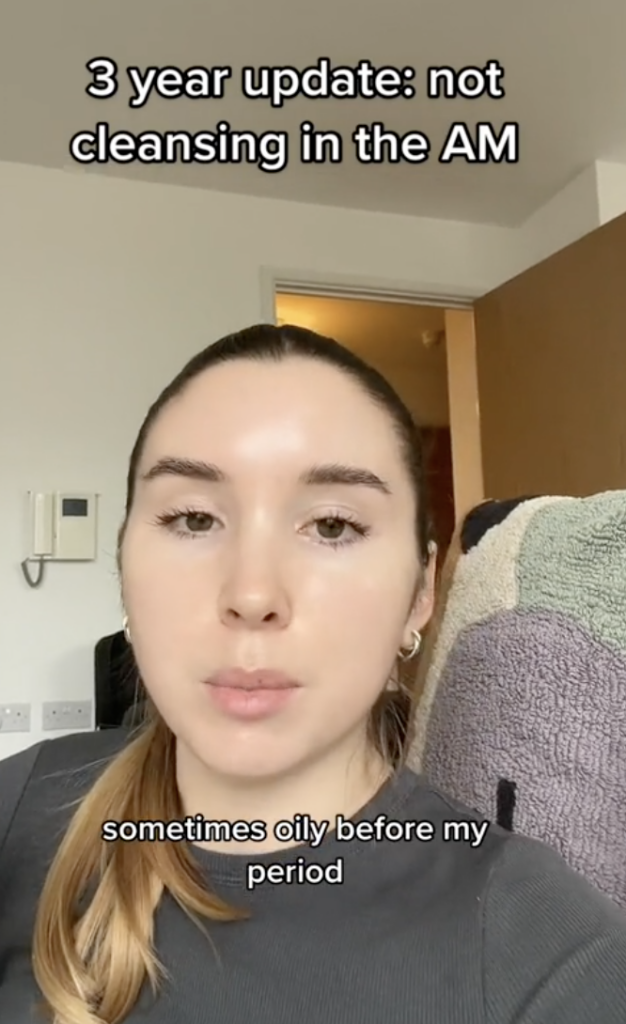
To play it safe with acne prone skin types, pick a gentle cleanser for morning use.
It does not necessarily have to be a cream or foaming cleanser (any is fine), but be sure to avoid use of an oil-based cleanser.
Oil based cleansers are only for evening use.
2. Apply a serum or toner
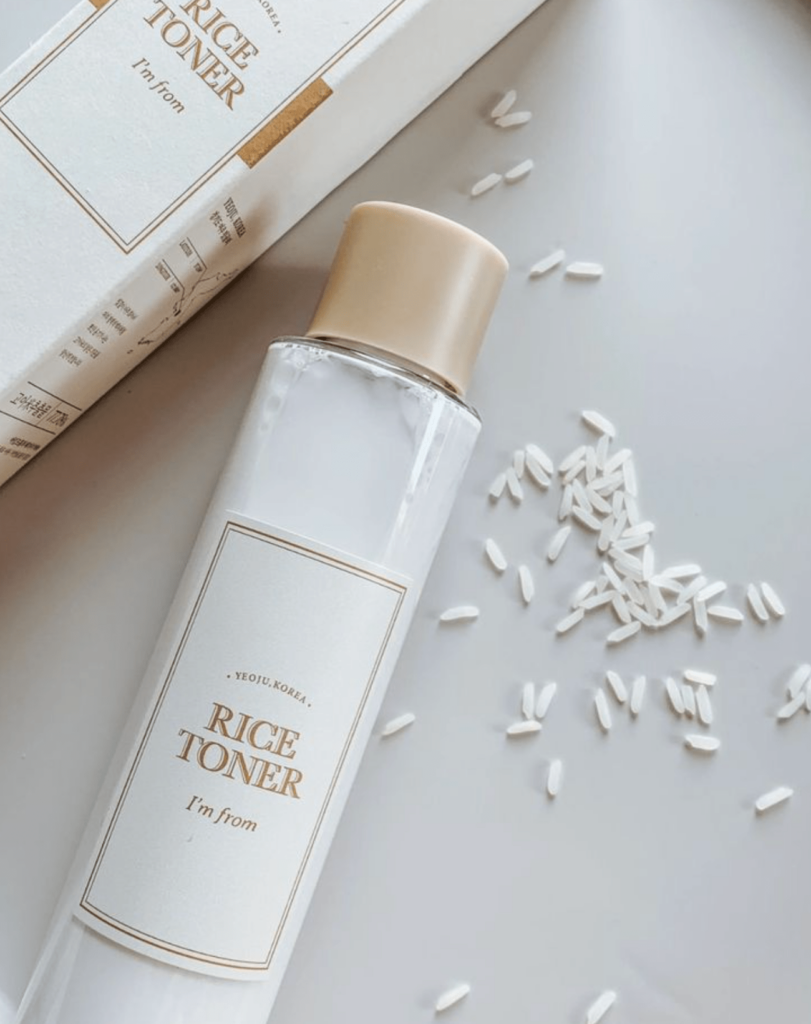
After cleansing is when you want to apply any Korean toners or serums.
As mentioned before, you don’t have to use either of these, but at least one hydrating product is a good idea.
Here are some good ingredients to look for:
- Hyaluronic acid
- Snail mucin (don’t use if you are allergic to shellfish or dust mites)
- Centella asiatica
- Green tea extract
- Niacinamide
- Panthenol
- Allantoin
- Aloe vera
You definitely can apply a chemical exfoliant serum or toner, just be mindful of how often you use harsh ingredients.
Later in the routine I’ll show you where I think the optimal place to use chemical exfoliants is, and how often to use them.
3. Eye cream optional
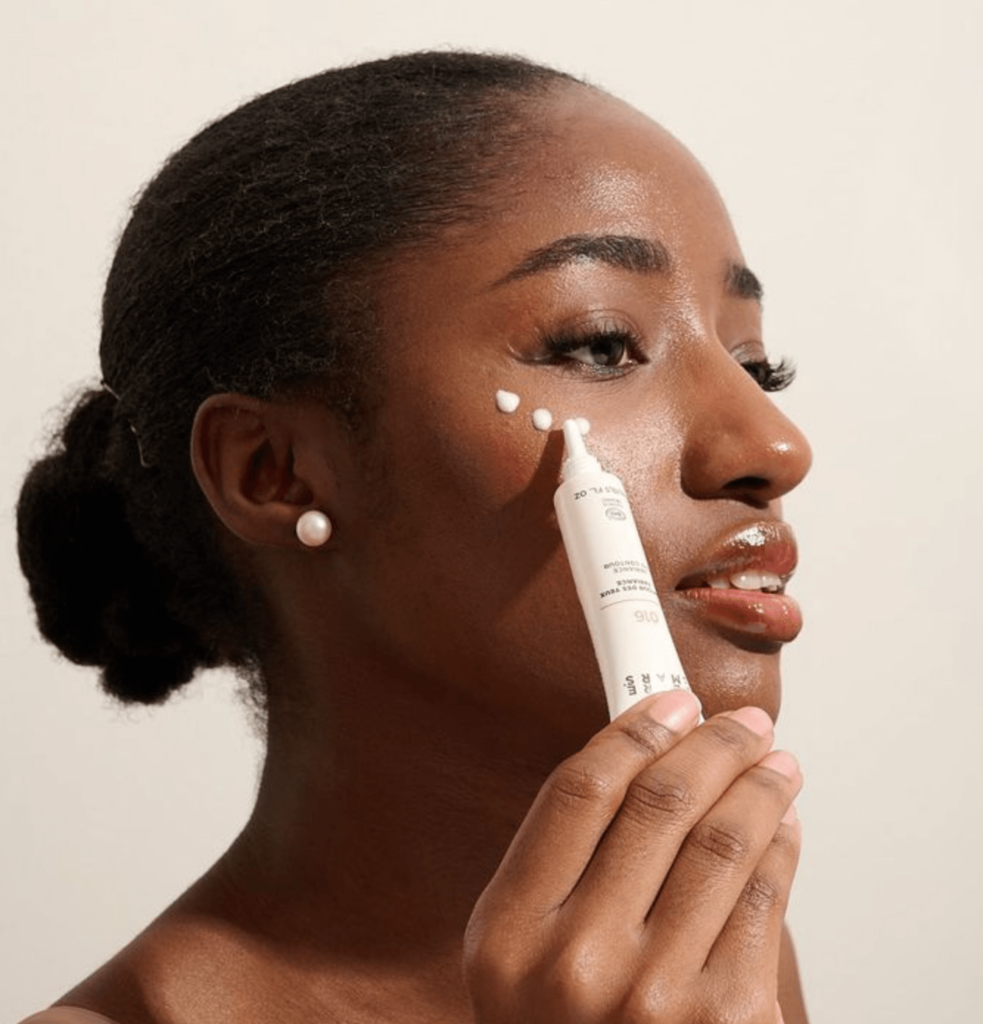
If you choose to wear eye cream, now is the time to use it.
If you don’t cleanse your face in the morning, you can apply eye cream either before or after serums.
There seems to be lots of strict rules around Korean skincare routines, but a lot of the time they are not that deep!
4. Apply your Korean moisturiser
Often people find their sunscreen is moisturising enough on its own.
If that’s the case, you’re welcome to skip straight to sunscreen.
Moisturisers will soften fine lines and smooth over any dry skin.
It will also lock in any of the hydration from your serums, helping to achieve that plump skin Korean women are known for.
5. Always apply SPF
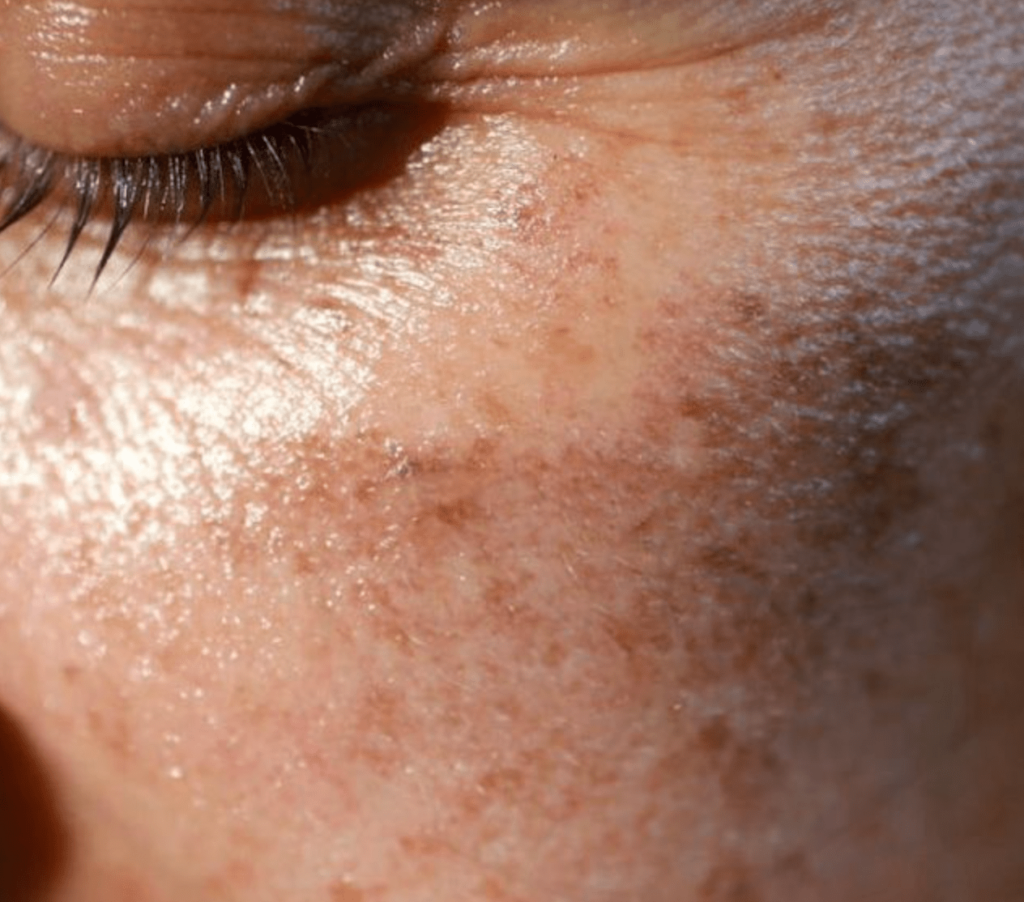
Chemical and mineral sunscreens both work well, it’s up to you!
Whatever you do, just don’t skip this step.
Sunscreen has so many benefits that are often forgotten about:
- Prevents dark spots from forming, or existing marks from darkening
- Prevents premature ageing in the form of fine line formation and volume loss
- Contributes to that overall glass skin look
Moving onto the evening routine:
1. Double cleansing
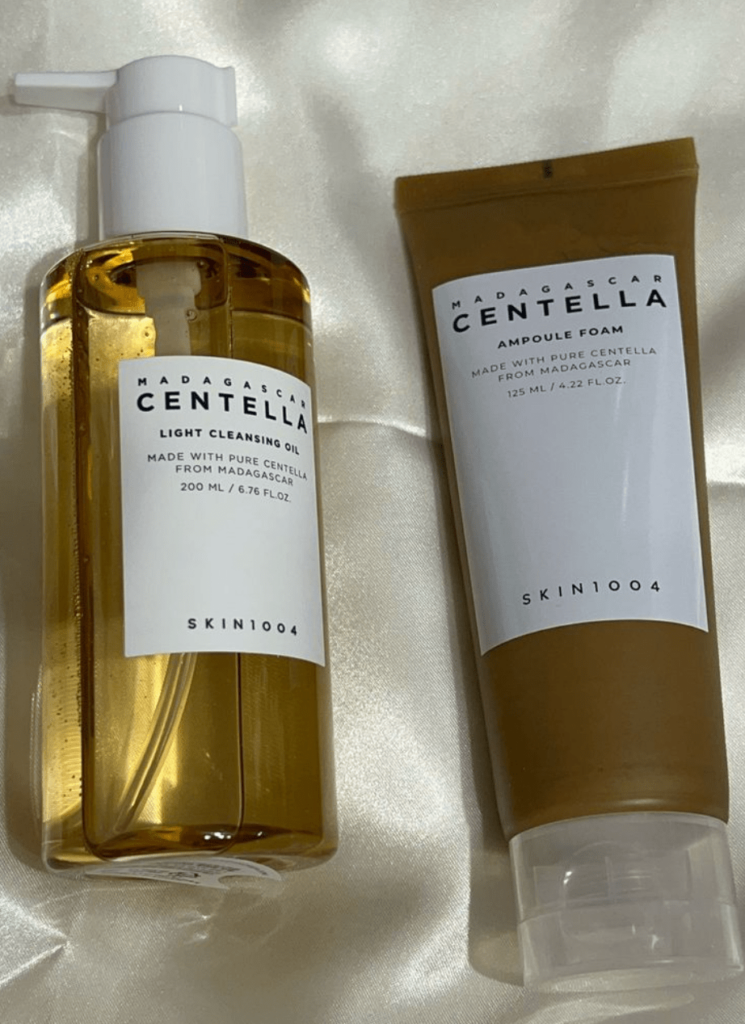
It is usually best to double cleanse – first with an oil cleanser, then a water based cleanser.
Check out my double cleansing tutorial blog post for the full technique.
However, oil cleansing is not for everyone and many people with acne are scared to use an oil cleanser.
If you prefer not to, you can remove the bulk of your sunscreen and/or makeup with micellar water.
Then, go on to use your water-based cleanser for one full minute.
Whatever you do, do not just use micellar water or a cleanser.
You want there to be a two step process for:
- Removal of makeup or sunscreen (or both), and any excess oil
- A thorough second cleanse of the skin, after natural oils and oil-based products have been removed.
2. Chemical exfoliant or retinoid
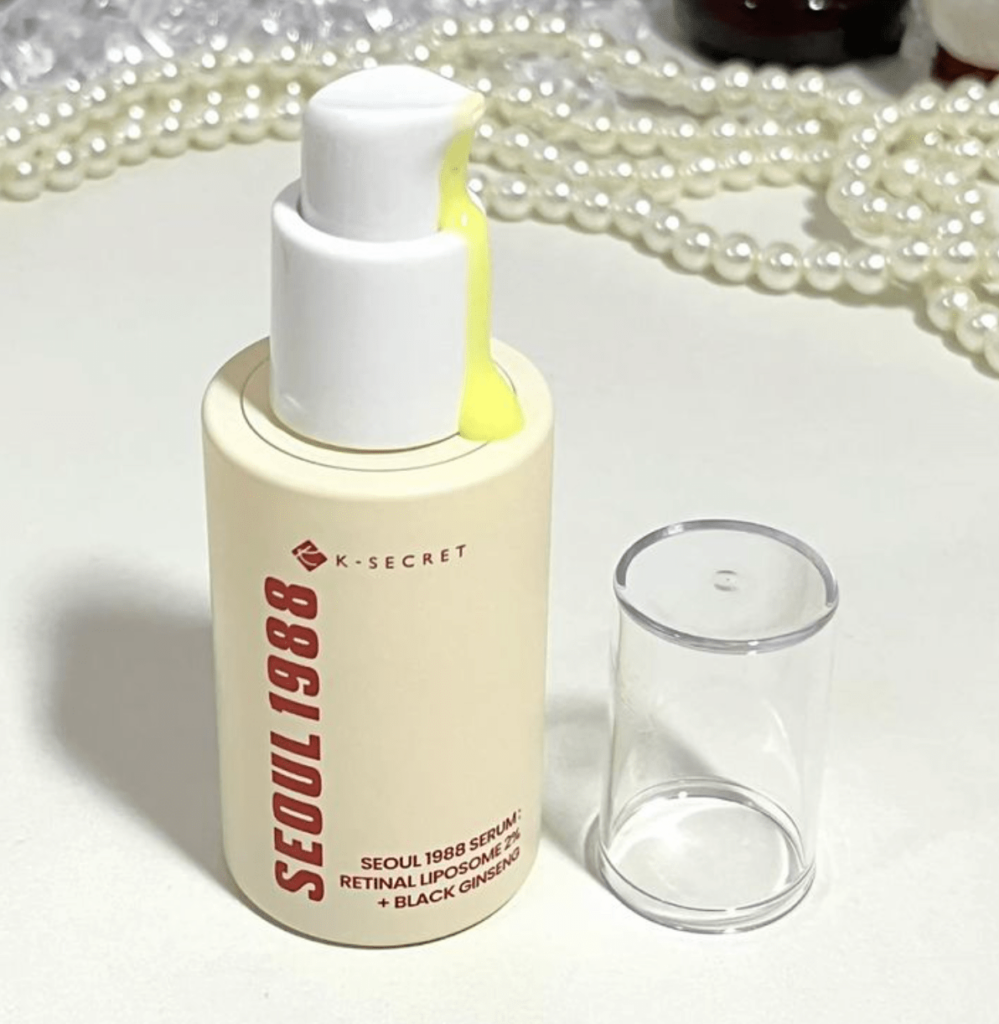
If you’re going to use a chemical exfoliant or retinoid, you’ll want to pat your face dry with a clean towel at this point.
If you’re skipping this step and just want to apply hydrating products, go to the next step.
Take the active ingredients (serum or toner) in your hands and apply to your face.
Do not apply a chemical exfoliant and a retinoid together, you must choose one.
3. Eye cream
If you’d like to use eye cream, you can apply this to the eye area now.
Either before or after serums is fine. I prefer before!
4. Skin barrier or hydrating products
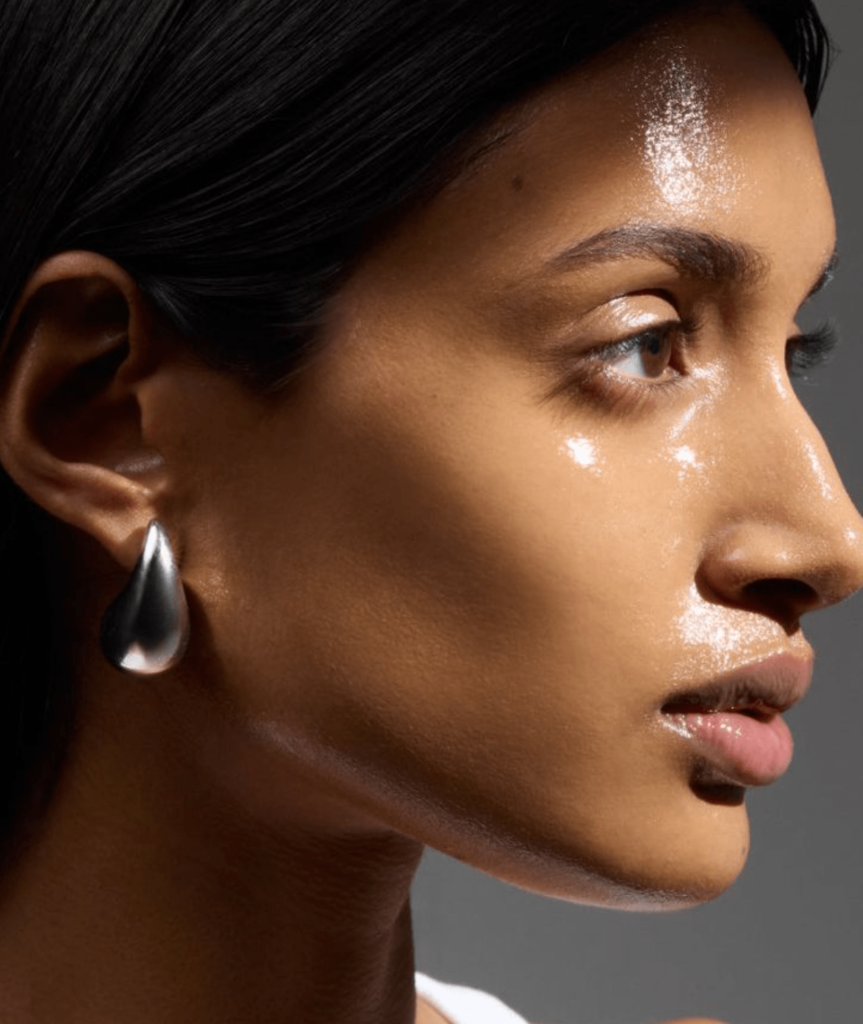
Every skin-care routine should contain some kind of hydrating product.
This can take the form of a serum or toner, it doesn’t matter too much which one.
Even if you don’t have sensitive skin, a product that protects your skin barrier is essential.
Nowadays, most hydrating serums are also barrier serums, and visa versa.
Using harsher products like exfoliants can cause irritation, so you want to prevent against that with this step.
Skin that is not hydrated enough will appear dull, sallow and is more prone to clogging.
5. Moisturiser is the final step
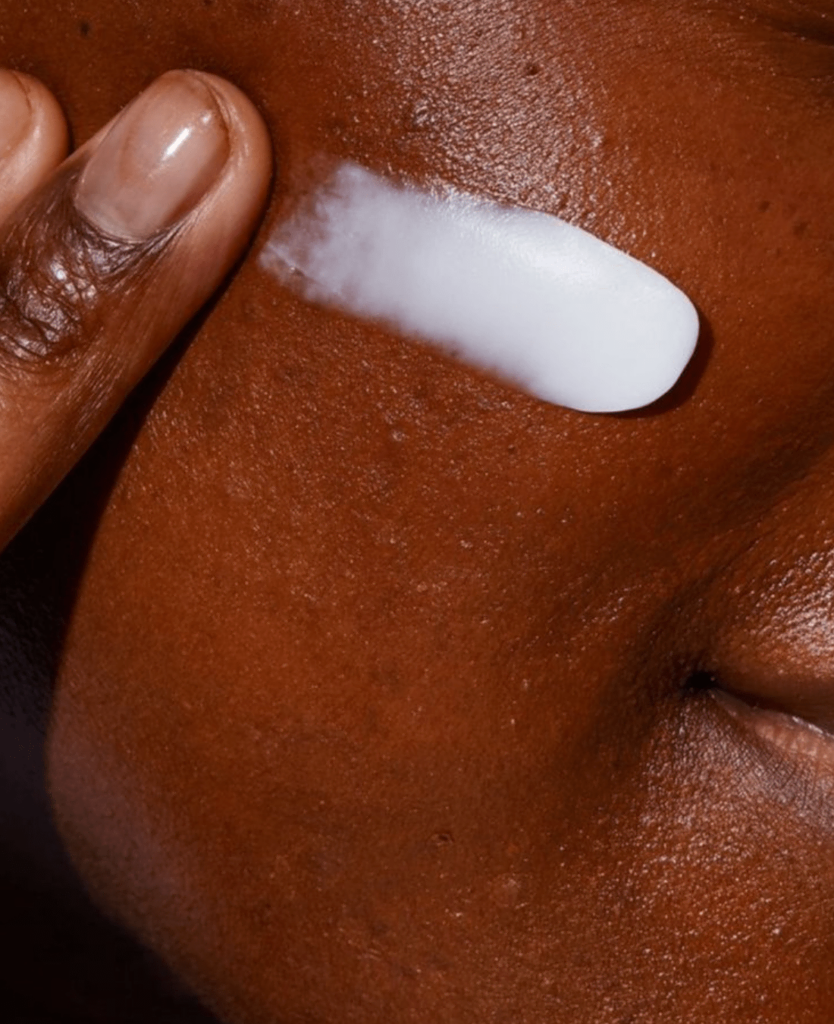
You can use the same Korean moisturiser for acne prone skin that you did in the morning.
Moisturiser is essential to take care of your skin and lock in all the hydration from the previous steps.
They form a barrier to prevent water from evaporating off your face, staving off dryness.
Choosing the right acne-fighting ingredients
Now you have the outline for how to create a Korean skincare routine for acne prone skin, you need to select your actives.
There are lots to choose from, so I’ll go through the benefits of each:
Salicylic acid for oily skin
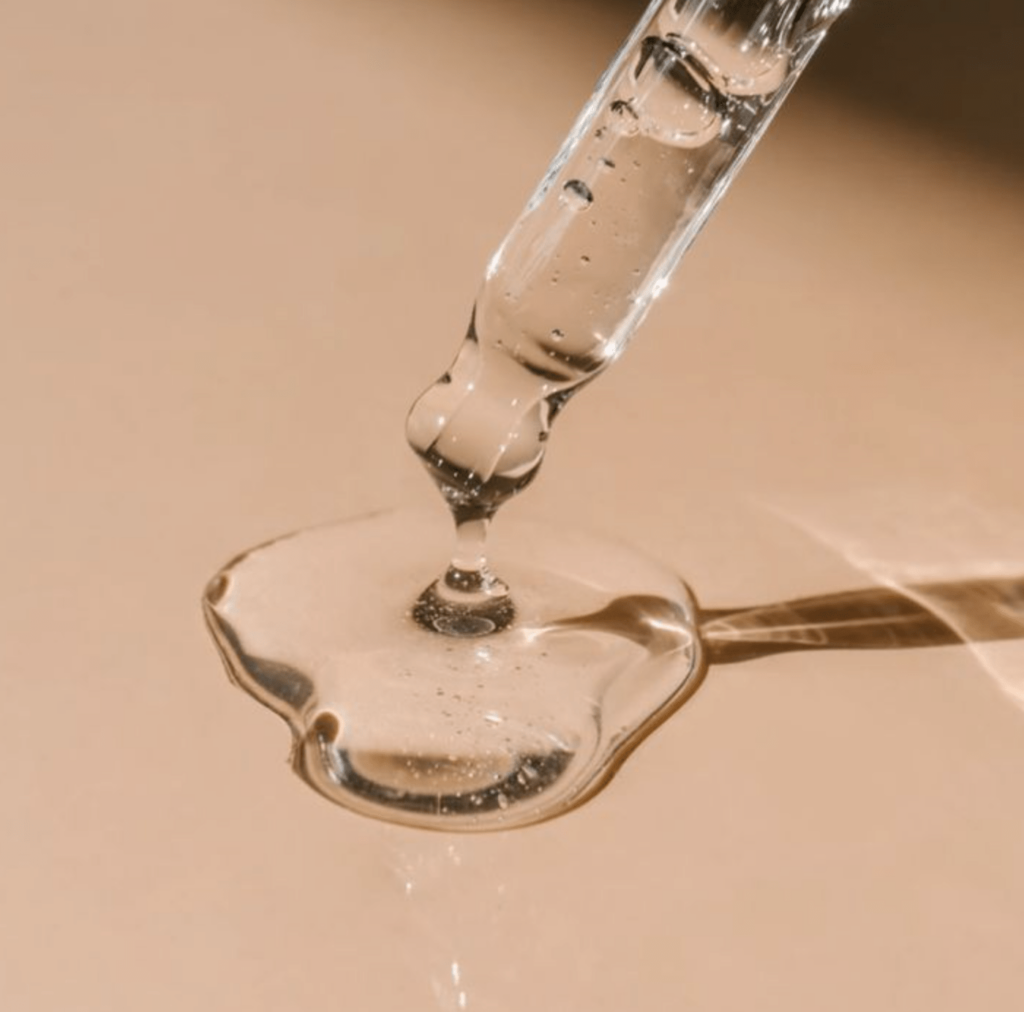
Salicylic acid is also known as beta-hydroxy acid or BHA, it is a gentle exfoliator.
This is a type of chemical exfoliant that is known to be great for oily skin.
It penetrates deep into the pore and breaks up oil-based impurities that cause breakouts.
Over time, skin texture is refined.
The one downside to salicylic acid is that it can feel drying, depending on your skin.
AHAs like glycolic acid
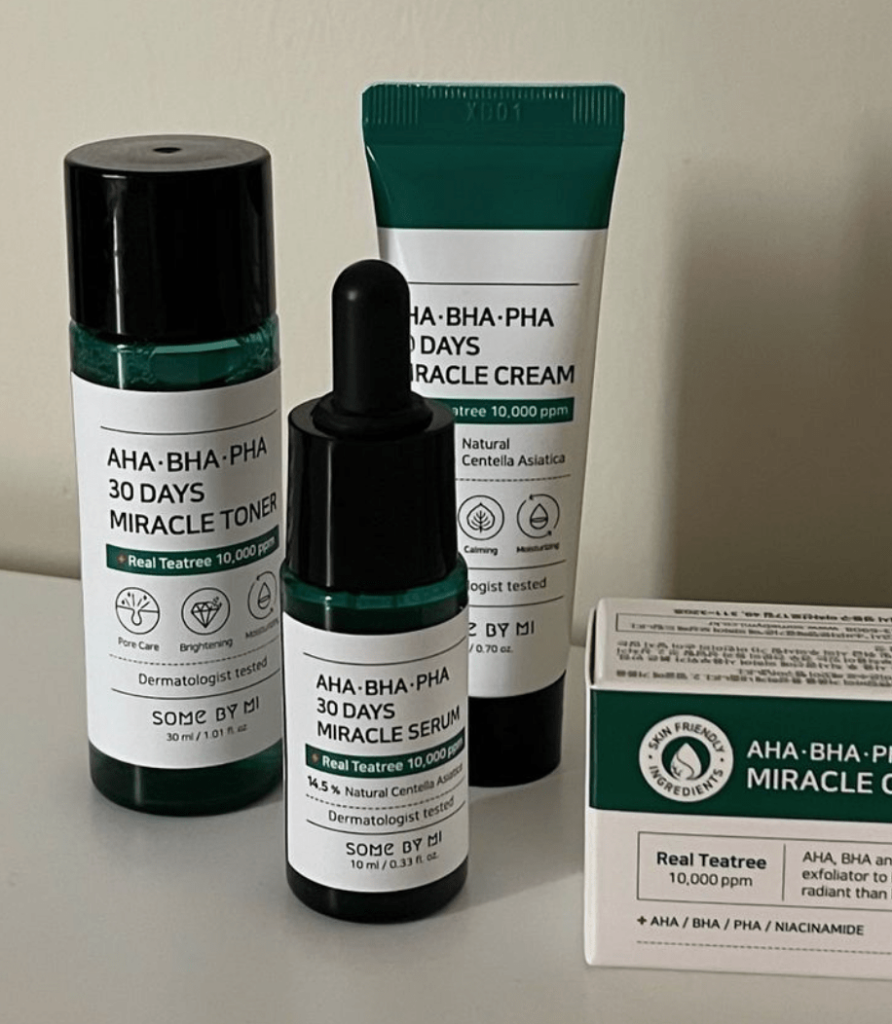
Alpha hydroxy acids are a different kind of acid.
Other types of AHAs include: mandelic acid, polyhydroxy acids (PHA) and lactic acid.
These tend to be more irritating than BHA, because the molecule is smaller and therefore penetrates more deeply.
They are great at dissolving away dead skin cells and fading dark spots.
They are typically better at producing anti-ageing effects than BHAs.
Retinoids do it all

If you’ve seen any of my content before, you’ll know I side heavily with retinoids.
Retinoids create the same results as BHAs and AHAs combined.
I love this because it means you don’t have to target specific skin concerns – you can just target them all with one product!
They are also a fantastic spot treatment, so you can truly simplify your routine.
Retinoids are the most powerful anti-ageing topical, too, so it’s really a win win.
Azelaic acid is underrated
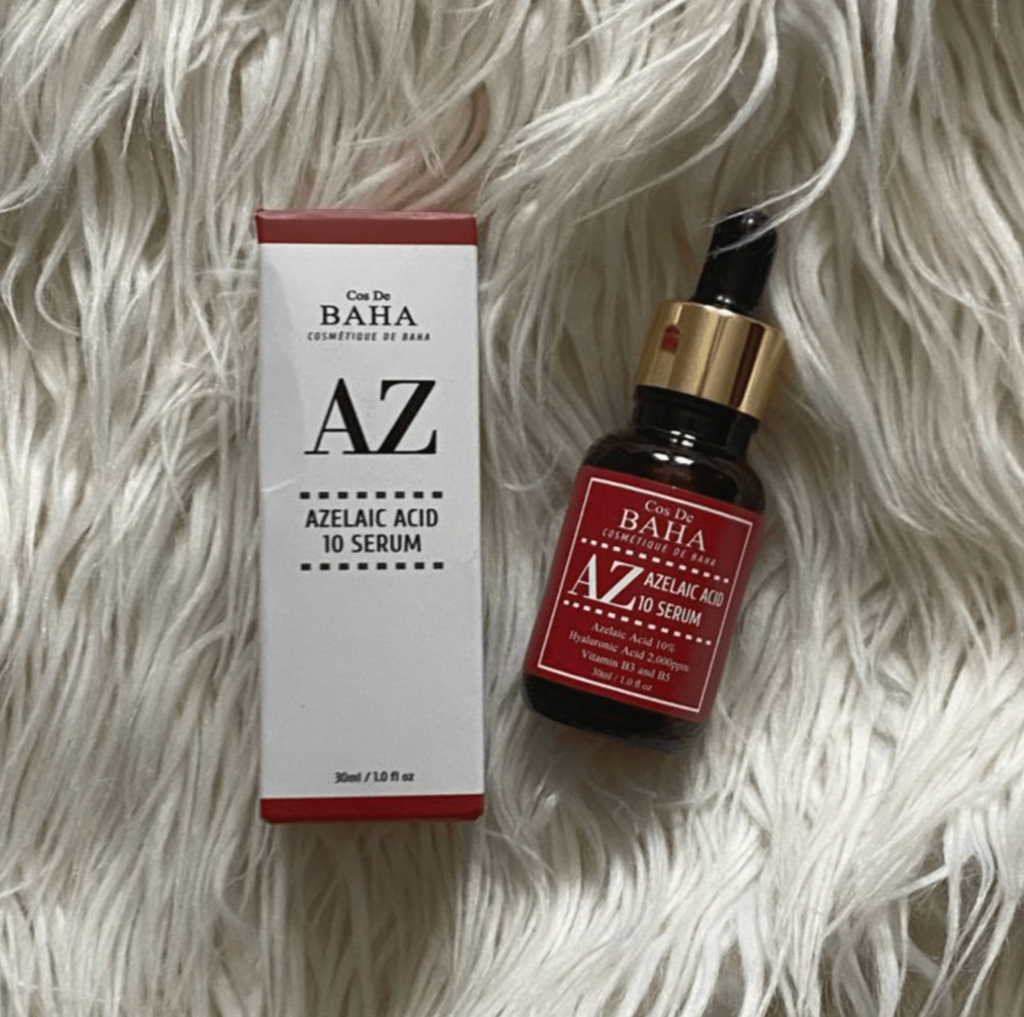
I love azelaic acid for nearly any skin types.
It is usually very calming, easy to adjust to and unlikely to cause breakouts.
It also prevents hyperpigmentation from forming, as well as being an acne-fighter itself.
Plus, you can use it with any of the actives listed above! Read my post on how to get prescription azelaic acid online.
Be selective with your acne-fighting ingredients

It can be tempting to want to use all of these, to get all of the benefits.
But acne, and Korean skincare, is really a less is more game.
I’m certain you’ll see better improvement with your problem areas if you pick one or two actives and stick with them.
If you choose two, make sure you only use one at a time in a given routine.
Finally, introduce them slowly – don’t just start using both!
Do you need a 10-step routine?
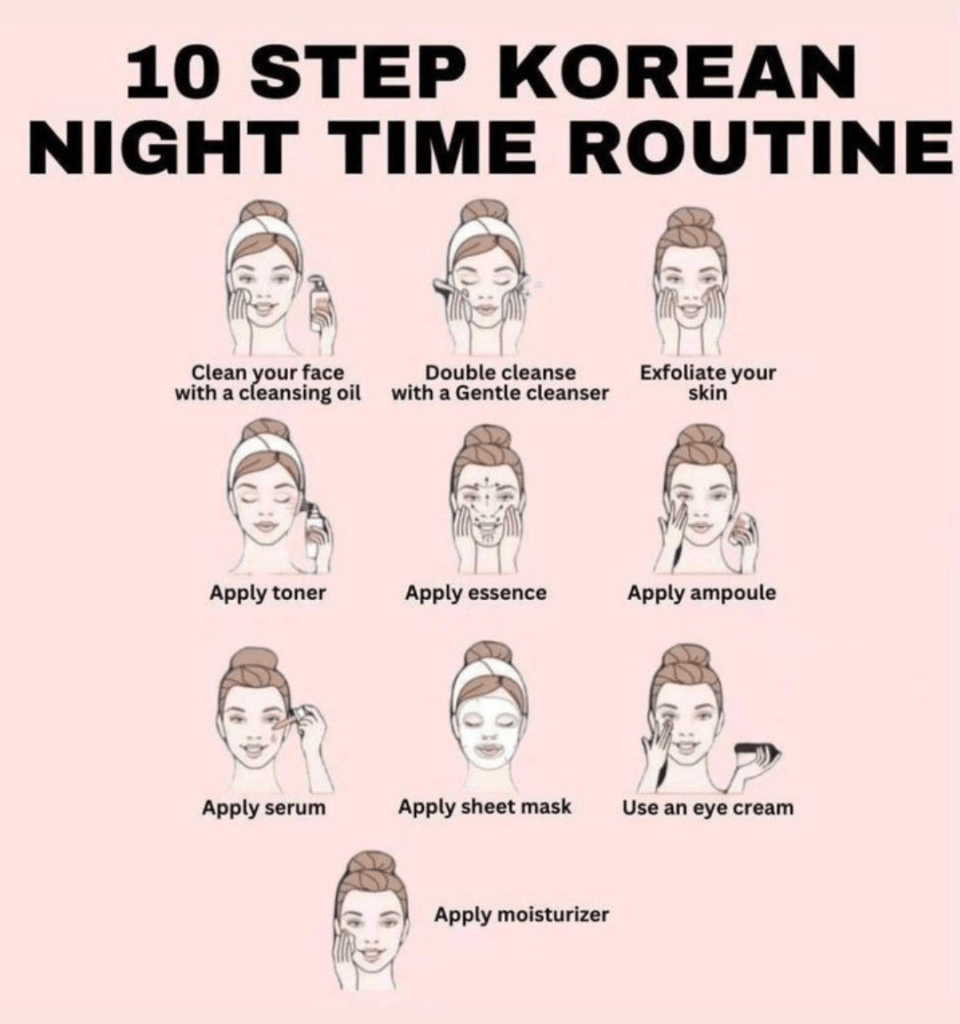
The traditional 10 step Korean skincare routine refers to a routine with 10 steps in it, just for the morning alone.
If you add the evening routine, it would be 20 steps.
This routine outline is just 10 steps altogether: five in the morning and five in the evening.
Not only is there no need to use a 10-step Korean routine, but it can also be harmful to your progress.
Doing so much to acne-prone skin types is bound to create undesired results.
Stick to a simple, consistent routine and you’ll go far!
What about Vitamin C?
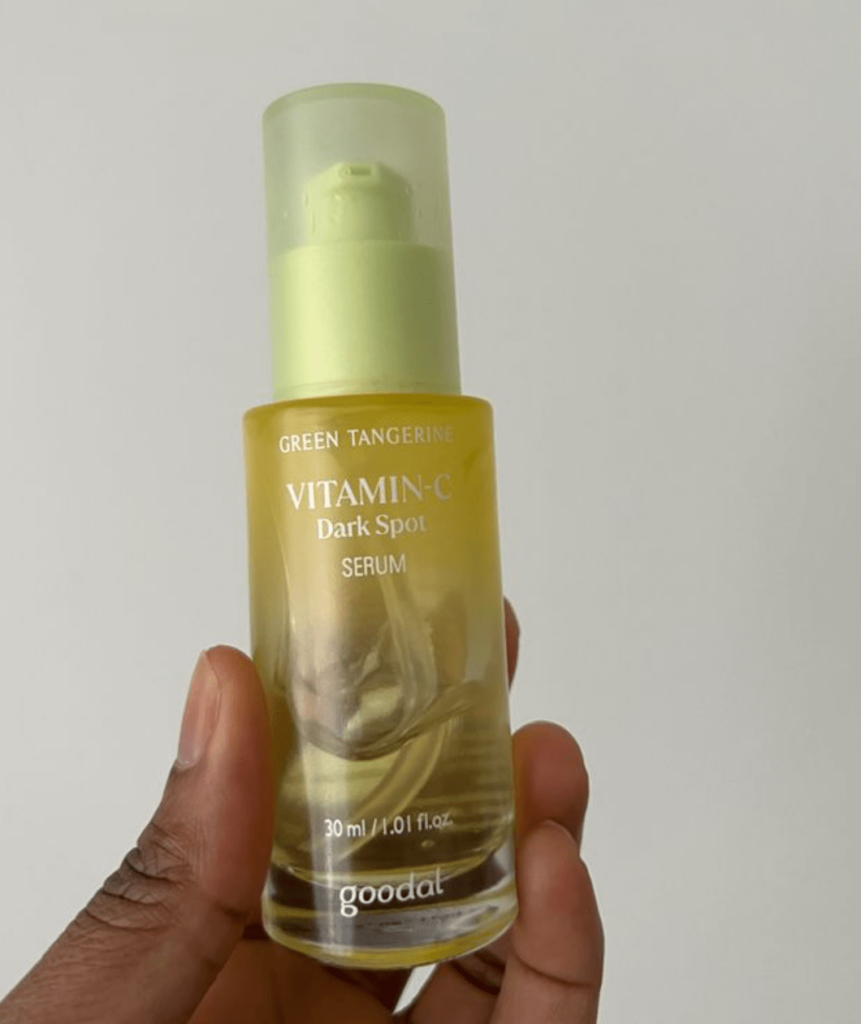
There are plenty of great vitamin C K-beauty products, so why have I not included any?
Did you know that most dermatologists suggest avoiding vitamin C for acne prone skin?
At least initially, this is because it is just another step for complication.
If you’re dealing with acne, you want to tackle the acne first and tackle the dark spots later.
Plus, your retinoid, sunscreen and hydration will already be fighting those.
Vitamin C is an underrated active for irritation, you don’t want it to interfere with your progress!
Korean skincare for hormonal acne
The best Korean skincare for hormonal acne will be retinoids, salicylic acid and azelaic acid.
But just as I said before, you want be selective and intentional: do not use them all at once!
If I had to choose, it would be a retinoid and azelaic acid.
Currently I alternate between azelaic one night, retinoid the next.
Should acne prone skin types use an oil cleanser?
What I will say on this topic is that the mere presence of oil alone is unlikely to be the reason your skin dislikes oil cleansing.
Just like any other product, they are made up of many ingredients.
Your skin can disagree with any of those ingredients and have a breakout.
I’m sure that if you found the right oil cleanser, you could get along well with it, it’s just a case of trial and error.
Check out my list of the best oil cleansers for acne prone skin if you’re struggling to decide.
This was how to create a Korean skincare routine for acne prone skin.
You may also like:
- 30 Best Korean Skincare Products for Acne-Prone Skin
- Best Korean Body Wash Products for Shower Skincare
- 25 Best Korean Chemical Exfoliator: All Skin Types in 2024